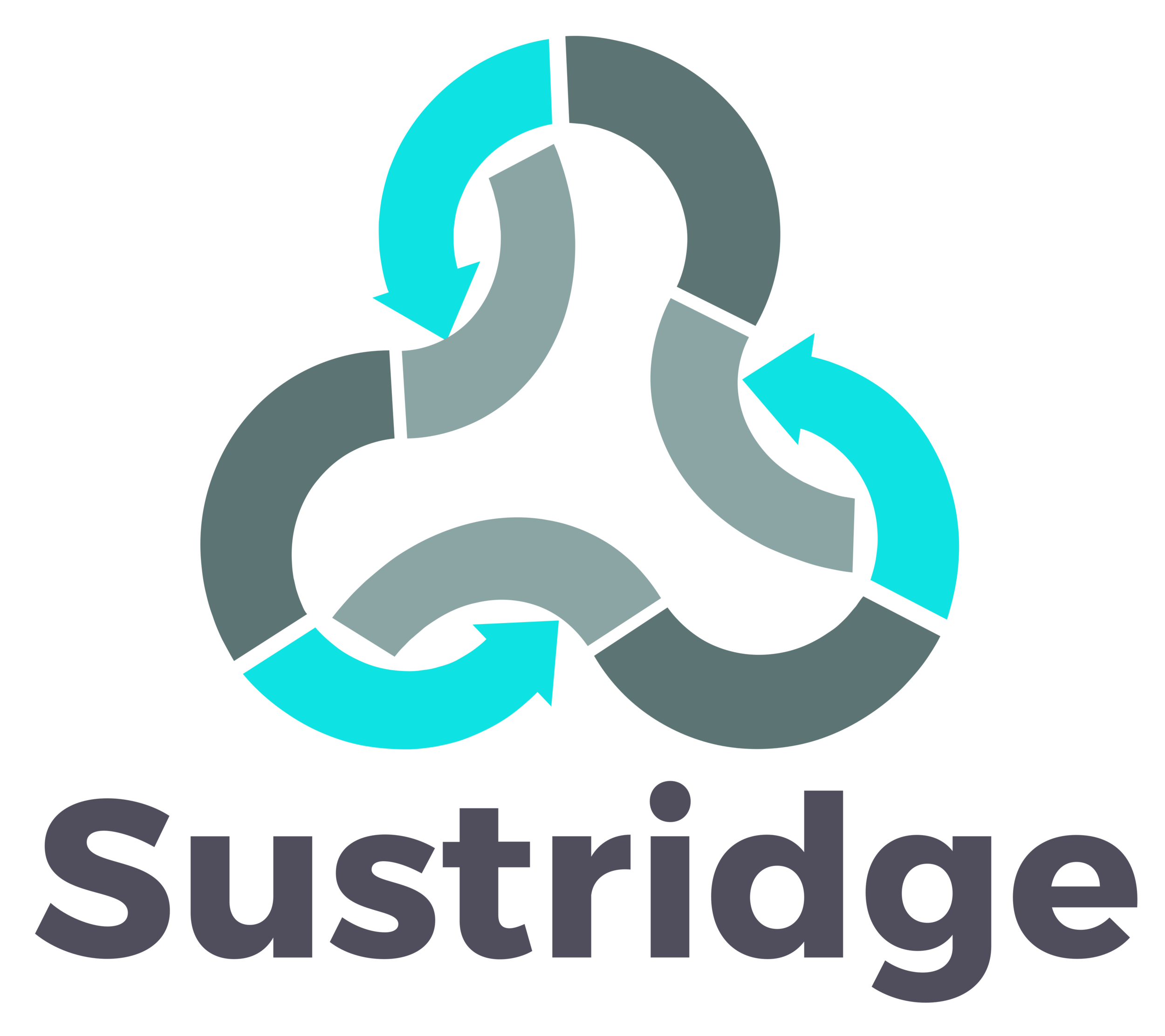Paul Dickinson - Founder of CDP
Paul Dickinson founded CDP in 2000 with an ambition of creating a global economic system that operates within sustainable environmental boundaries and prevents dangerous climate change. CDP represents over 650 investors with assets of over $80 trillion, and it uses this authority combined with the buying power of over 110 large corporations with annual purchases of over $2.5 trillion, to persuade over 7,000 large companies to report on their greenhouse gas emissions as well as strategy on climate change, water use and the drivers of deforestation.
CDP makes most of this data available to the public and service providers like Bloomberg, MSCI and many others. In addition, over 600 large cities and 100 states and regions with aggregate over 1 billion inhabitants report annually on their environmental performance through CDP, which is a charitable organisation operating in 80 counties from nine offices around the world.
Paul Joins Sustainable Nation to Discuss:
The corporate sustainability movement and the trends we are seeing in GHG emission reporting
How CDP has integrated new frameworks such as TCFD and science based targets into the CDP reporting program
The evolution of CDP and what the future may hold
Advice and recommendations for sustainability leaders
Interview Highlights:
CDP, the largest climate change focused data collection and assessment program, really has changed the game on corporate emission reporting and municipality emission reporting. Can you give us a little overview of the state of greenhouse gas emission reporting right now? Are we seeing increases in the numbers that are reporting or decreases? Are we seeing more transparency or more ambitious goals? Just give us a high level overview.
Sure. I'll just step a little bit into the way we collect data because it's part of the story. We collect data by representing investors, a very large group of investors - 650 investors with around $90 trillion. So, companies are reporting to their investors through us, or they're reporting to their customers through us, because we have a big supply chain business. The reason I mentioned that is because one of the things that's happening in reporting is it's getting bigger and bigger and more and more normal. At CDP, we're in our 15th annual year of global reporting from corporations. So, one of the trends is you have a big increase in reporting and it's been supported very much by Mark Carney and Michael Bloomberg, who together chaired the Task Force on Climate Related Financial Disclosure (TCFD), which was also set up in response to an invitation from the Financial Stability Board representing the G20 central banks and regulators. So, the TCFD has provided improved guidance on how companies should report on climate change. CDP redesigned itself completely around TCFD so that thousands of companies are now reporting on TCFD through the CDP platform.
You asked me if emissions are going up. They were kind of plateauing and then unfortunately we had some radical changes in government. The previous US administration was really working hard to reduce greenhouse gas emissions and was being quite successful. The Trump administration has gone in a crazy opposite direction. After the Paris Agreement of 2015, which was very much a creation of the United States and global diplomacy, the Trump administration has indicated it intends to pull out of the Paris agreement, although it won't actually be able to unless they win a second term. So, we've definitely had some setbacks from some crazy removal of regulation, which is allowing greenhouse gas emissions to rise again. My 19 years working full time climate change has taught me that you get these crazy setbacks often when industries that are suffering want to lobby a bit, but we get over it and then we get back on track because we have no choice. You can't argue with the science.
You mentioned the Task Force on Climate Related Financial Disclosures (TCFD) and how more investors want to know the climate related risks of the companies they invest in. Can you talk a little bit more about how CDP is incorporating that into your program and other aspects of TCFD like climate scenario analysis?
It might be helpful for our listeners to understand the difference between CDP and a lot of other things that are out there. We really respect TCFD and we think it's great. TCFD is guidance for how a company should report on climate related risks, presumably through the annual report. You have organizations like the GRI who provide guidance for how you should report on various issues through your annual report or your sustainability report. SASB provides guidance on how you should report in your annual report or sustainability report, and how you should evaluate performance. We have a subsidiary called CDSB which is committed to advancing and aligning the global mainstream corporate reporting model to equate natural capital with financial capital. So, there's a lot of guidance out there about how you should report.
The difference with CDP is that we are a specific reporting platform. We run large scale information technology in multiple languages globally. So, we run a kind of parallel mechanism to the annual report or the CSR report. If you think about it, a big US corporation like Microsoft will have to report to the SEC on its financial results. Or, A big German company like BMW will have to report to the German government on its financial results. Or, a big Japanese company like Toyota will have to report to the Japanese government on its financial results. CDP provides the same thing as those different governments, but a single global platform where corporations, and as you observed also some 600 cities and 100 states and regions, report annually on their environmental performance into our databases. That data then goes out to the Bloomberg Network, MSEI and various other places. So, what we did with TCFD is we took the guidance of TCFD and we turned that into the specific questions we ask corporations. There are hundreds and hundreds of companies that have adopted TCFD and are putting that advice into their annual reports. But thousands of companies are answering the specific TCFD questions into the CDP databases and then we make that available to the market.
Another trend of course are science based targets. The IPCC latest reports say the objective should be to limit the global warming to one and a half degrees above pre-industrial and companies now or are adopting the science based targets for their operations and doing what's necessary to help meet that that global goal. Is CDP also incorporating science based targets or maybe giving the higher letter grades to companies or organizations that are using these science based targets?
You have it exactly right. That's exactly what we're doing. First of all, we absolutely love science based targets and CDP strategy is very much designed around the massive implementation of science based targets. We are very proud members of a broader consortium, including WRI and many other NGOs developing ever improving methodology for setting science based targets. For those who don't know what science based targets mean, it's like the end of incrementalism. In the early parts of my career at CDP, big companies with huge emissions would say, "Oh, we're recycling our paper." Well there's nothing wrong with recycling your paper, but if you've got 10 or 15 million tons of CO2 coming out of your operations, that's a much bigger issue. Science based targets mean that you can be confident that the company is reducing its emissions in line with what is required to keep us below 2 degrees, and in due course, changing that trajectory to make sure we stay below one and a half degrees.
I just also want to mention that, yes it's true, CDP scoring reflects improved scoring for compliance with the science based targets. But interestingly, we've been working with the French government and others on something called ACT, which means Assessing the low-Carbon Transition. Really, you've got two methodologies to think about: 1) the methodology the company needs to follow to deliver on its science based targets and 2) the methodology the investor needs to use to evaluate how well the company is complying with that objective.
What is one piece of advice you would give other sustainability professionals that might help them in their careers?
Authority is taken and not given. We in the sustainability community are on the winning side of a very long and protracted argument. Stay close to marketing. Recognize that you can add value margin and market share by using sustainability marketing. Also, give orders in your organization politely, effectively and seductively. Achieve the necessary outcome, but recognize that it is not enough to say you're doing your best. You have to actually succeed in doing what is necessary.
What are you most excited about right now in the world of sustainability?
I'm excited by the public demonstration of passion and enthusiasm for sustainability. I'm going to answer your question by sticking to my core passion. Before I actually got involved in climate change 20 years ago, I was kind of involved in the early days of the information and communications technology revolution. I do in fact delight in fiber optic cable and the capabilities of video telephones. When are we going to have a broadband video telephone with eye contact. We're still a long way away from getting that. Where I'm going with this long rambling answer is the concept of dematerialization. We need to dematerialize economic growth and information and communication technology can help us do it. What we need is our big friends in Google, AT&T, Apple, Microsoft, Sony to recognize that they are part of the solution, not part of the problem. The future is going to be moving electrons and not assets.
What is one book you'd recommend sustainability leaders read?
I would strongly recommend you read the book Dark Money by Jane Mayer. It's a New York Times investigation into the manipulation of public debate on sustainability by certain private companies. It helps frame the level of the problem of why the public is not always so receptive as you might expect to putting money behind their own survival. It gives an indication of what to avoid in terms of sustainability bad instead of sustainability good. It's just a forensic political analysis which will help people to understand aspects of contemporary politics, which they might otherwise find difficult to understand.
What are some of your favorite resources or tools that really help you in your work?
Well, the number one has got to be CDP website. Please go to cdp.net. That's a great resource where you can see what thousands of companies are doing. I would also encourage people to check out another UK based NGO called ShareAction: https://shareaction.org/. Beyond that, there's so many different ways to answer the question. Have a think about tuning into a new podcast called Outrage and Optimism, which I've had the privilege to launch with my colleagues. We have our first interview with David Attenborough, who's got a new series on Netflix.
Where can people go to learn more about you and your work at CDP?
cdp.net. Please also have a look ShareAction, this other NGO that I mentioned in the UK. If you're in the UK, download GIKI, which is the company that I'm the director of which I'm very, very fond of. Have a look at Influence Map, which is an NGO I'm involved with. Have a look at the Findhorn Ecovillage in Scotland where I convene events. But at the end of all of that, my primary job where I work 80% of the week is at CDP. I would really welcome anyone listening to this podcast to go to cdp.net.

